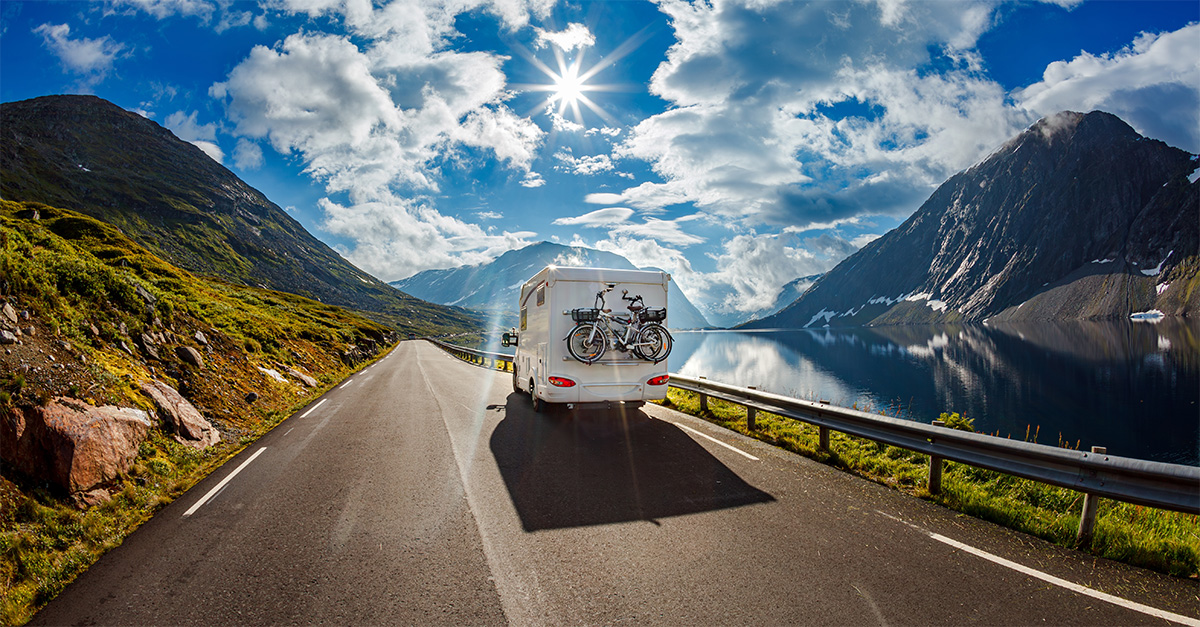Tasmania is Australia, but not as you know it. Katie McGonagle joined a fam trip hosted by APT
Like this and want more details? Click here to download and save as a PDF.
Small in stature but punching well above its weight, the Tasmanian devil has a lot in common with its island namesake. ‘The Apple Isle’, as it was once known before vineyards overtook many of its apple orchards, is the oft-overlooked island that lies across the Bass Strait from mainland Australia.
It’s about the size of Ireland, and boasts similarly spectacular lush green scenery and charming country towns, all combined with a laid-back Aussie vibe.
To mark the 85th anniversary of APT’s founding, the escorted tour operator flew a group of UK agents to eastern Tasmania via Melbourne for a fam trip to see what this fascinating island has to offer.
SCENE STEALER
Any journey through Tasmania is bound to be punctuated with frequent stops – there seems to be a stunning view hidden around every corner, from the extraordinary Tesselated Pavement at Eaglehawk Neck, to the fragrant purple fields of Bridestowe Lavender Estate (pictured) in the northeast, at their most vibrant just before the harvest in December.
Reserve more than just a quick stop for Freycinet National Park, whose pink-toned granite peaks, the Hazards, rise dramatically straight out of the sea. That’s not the best of it, though – try the moderately challenging climb to Wineglass Bay lookout to see this perfect crescent of golden sand.
Its tranquil seclusion contrasts sharply with the likes of busy Bondi Beach. And don’t miss the Bay of Fires on the northeastern tip either, with its combination of white sands and orange lichen-covered rocks which gave the area its name.
BACK TO NATURE
Why stop at admiring the view from afar when you can get a close-up? The Tahune Forest Airwalk requires a bit of a head for heights, but its raised walkways through the ancient treetops offer unbelievable views over the Huon Valley into still-unexplored areas of dense forest, plus an opportunity to see the towering eucalypt trees and dogwoods which dwarf visitors at ground level.
Wildlife is never far away either; our guide enthusiastically pointed out the burrow from a funnel-web spider and filled us in on some of the area’s deadliest snakes with that typical Australian exuberance for dangerous creepy-crawlies that would have most Brits fleeing in the other direction.
To see many of Tasmania’s most iconic creatures in one place, East Coast Nature World in Bicheno is well worth a stop; there we fed kangaroos, spotted wallabies and wombats, and stroked the most famous of them all, the Tasmanian devil. The devil population has been drastically reduced by a facial tumour disease which first struck in 1996, but preservation efforts continue to maintain healthy populations of this carnivorous marsupial.

SHARED HISTORY
The most moving part of the journey was, without doubt, Port Arthur, one of the best preserved penal colonies in Australia and an intriguing place in which to explore the area’s historical links with the UK.
Despite its troubled past, the site boasts buildings so beautiful they wouldn’t be out of place on an English country estate, and a sense of calm pervades even as visitors follow the prisoners’ tragic stories. Punishments included floggings and separation from other inmates; close the door on the ‘dumb cell’, designed to block out all light and noise, for a terrifying taste of total isolation.
Even outside Port Arthur, the island’s history is felt at every turn, through names derived from its early European explorers – Dutch seafarer Abel Tasman, French navigators Huon de Kermadec and Louis de Freycinet, who lent their names to the town of Huonville and to Freycinet National Park – and places like Swansea and Launceston named by British immigrants after their counterparts in the UK.
Stop off too at the quaint little town of Richmond, home to the oldest bridge still in use across Australia, and the country’s first Catholic church, plus a host of traditional cafes and shops.
CITY LIVING
Nearly half of Tasmania’s population lives in or near state capital Hobart, Australia’s second-oldest city after Sydney, but with only just over half a million people on the island, that still doesn’t make it a buzzing metropolis.
Constitution Dock is a glittering marina filled with yachts and lined by chic restaurants and bars – the Hotel Grand Chancellor has the best views – leading up to the charming sandstone buildings of Salamanca Place, which hosts a lively market on Saturdays.
Backing on to this district are the cottage-style houses of Battery Point, which give the place the feel of an English seaside town, albeit with beautiful Mount Wellington towering in the background. Look out for the new Museum of Old and New Art, which has set the art scene abuzz with its thought provoking displays.
Launceston in the northeast is a compact city, with charming shopping streets and side alleys, and a warm, welcoming atmosphere. Use it as a base from which to explore the wine-growing regions of the Tamar Valley and other scenic surrounds.




